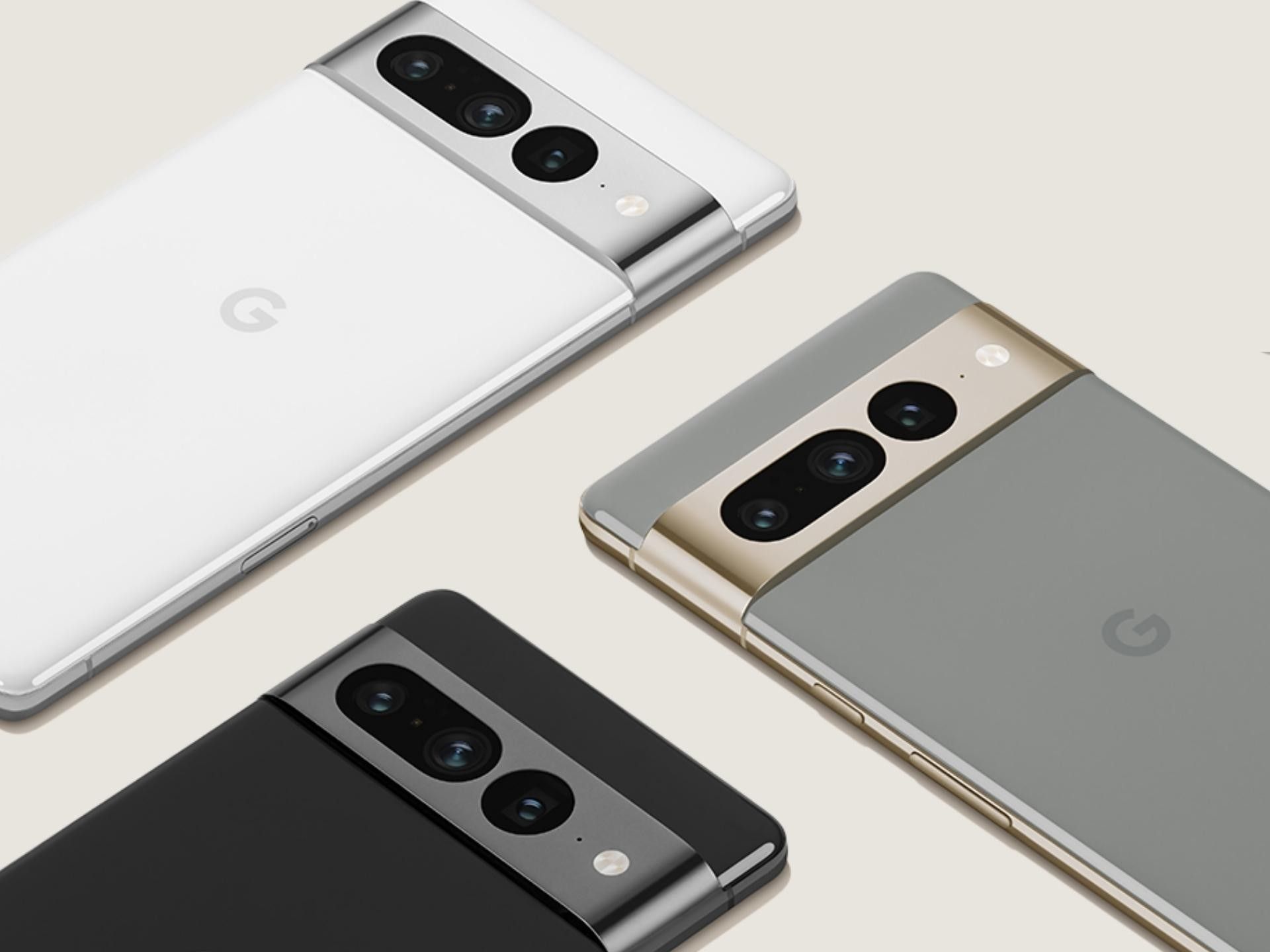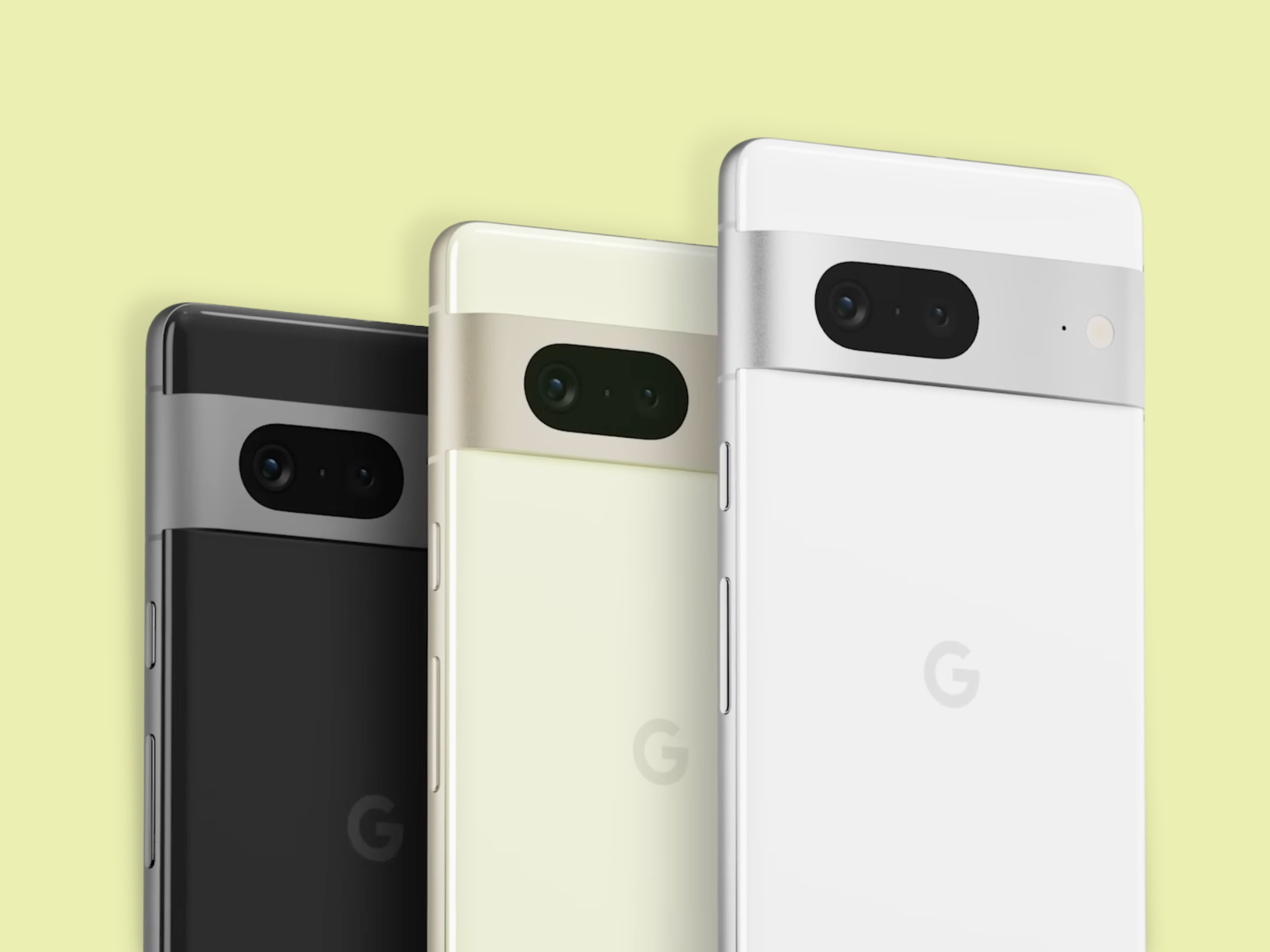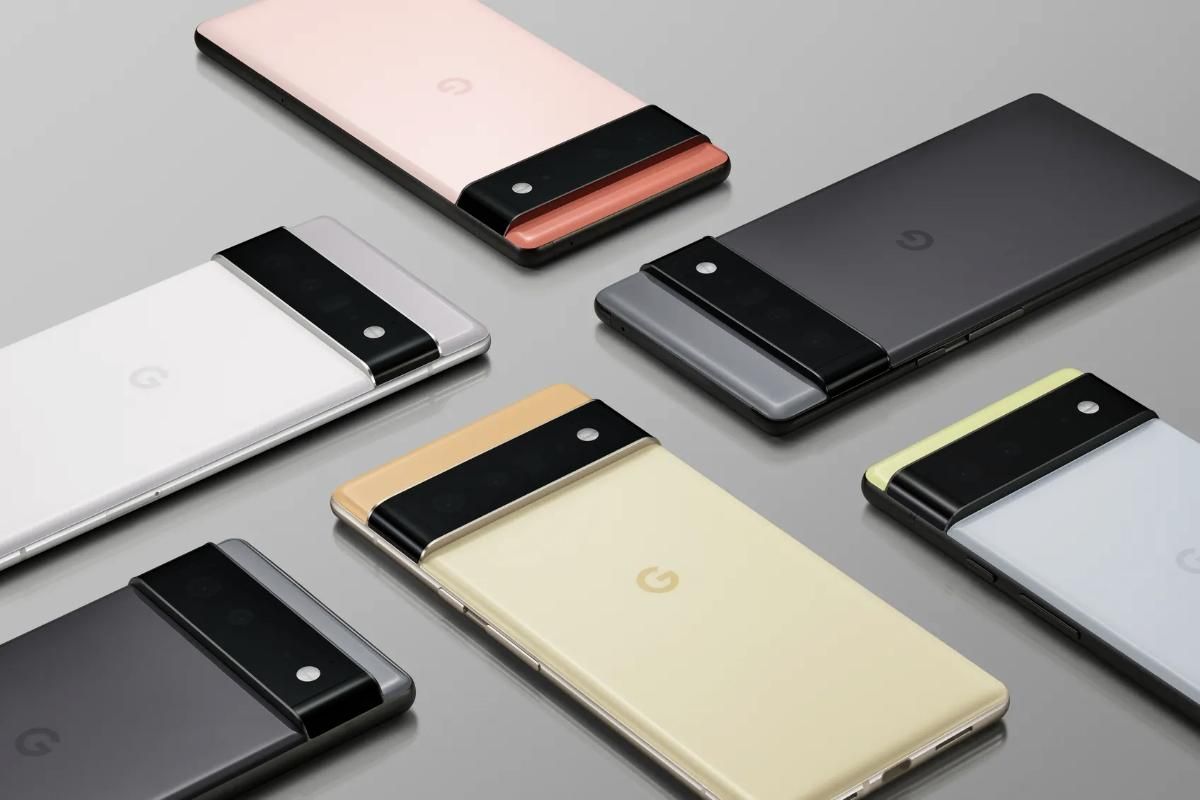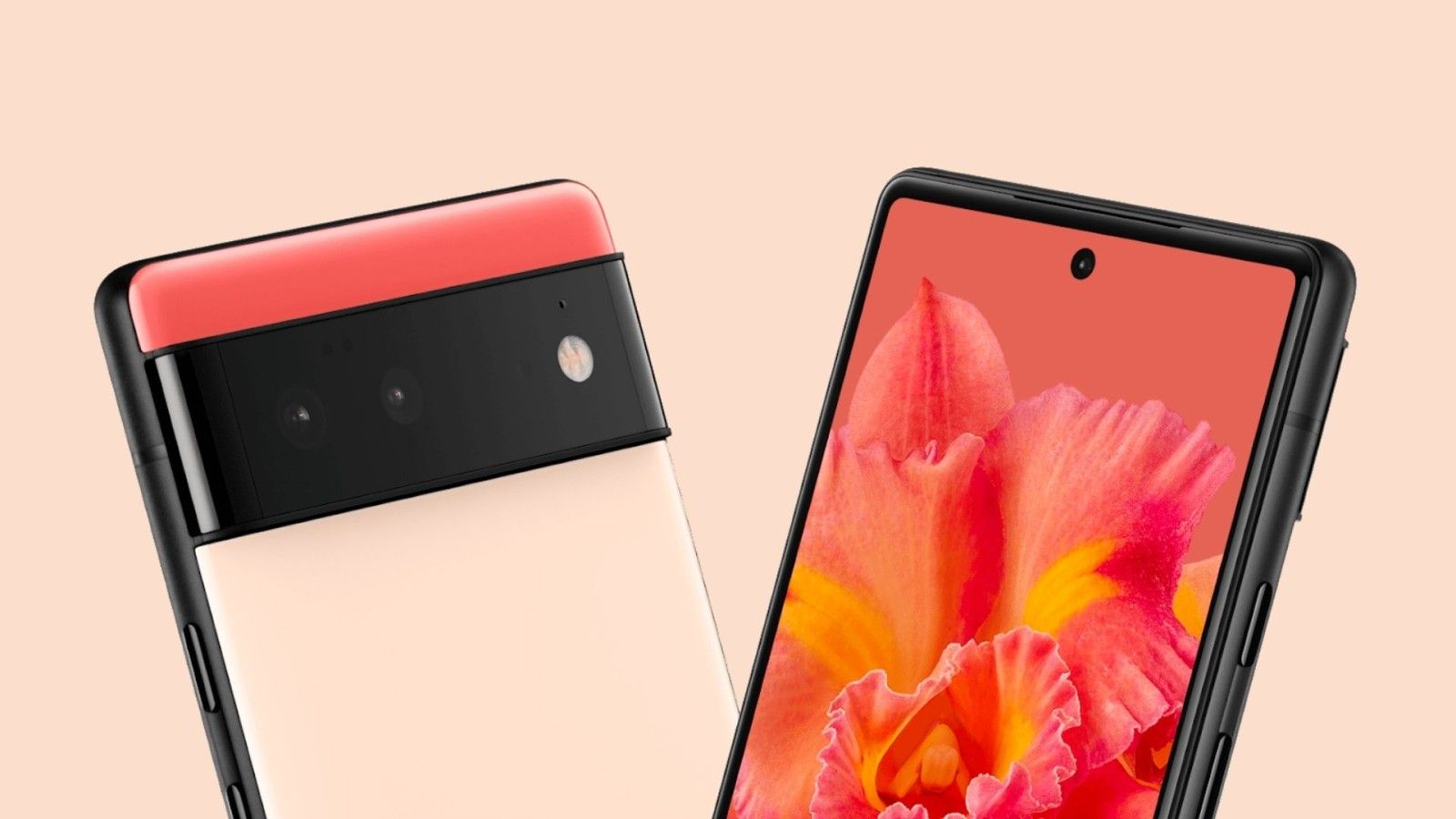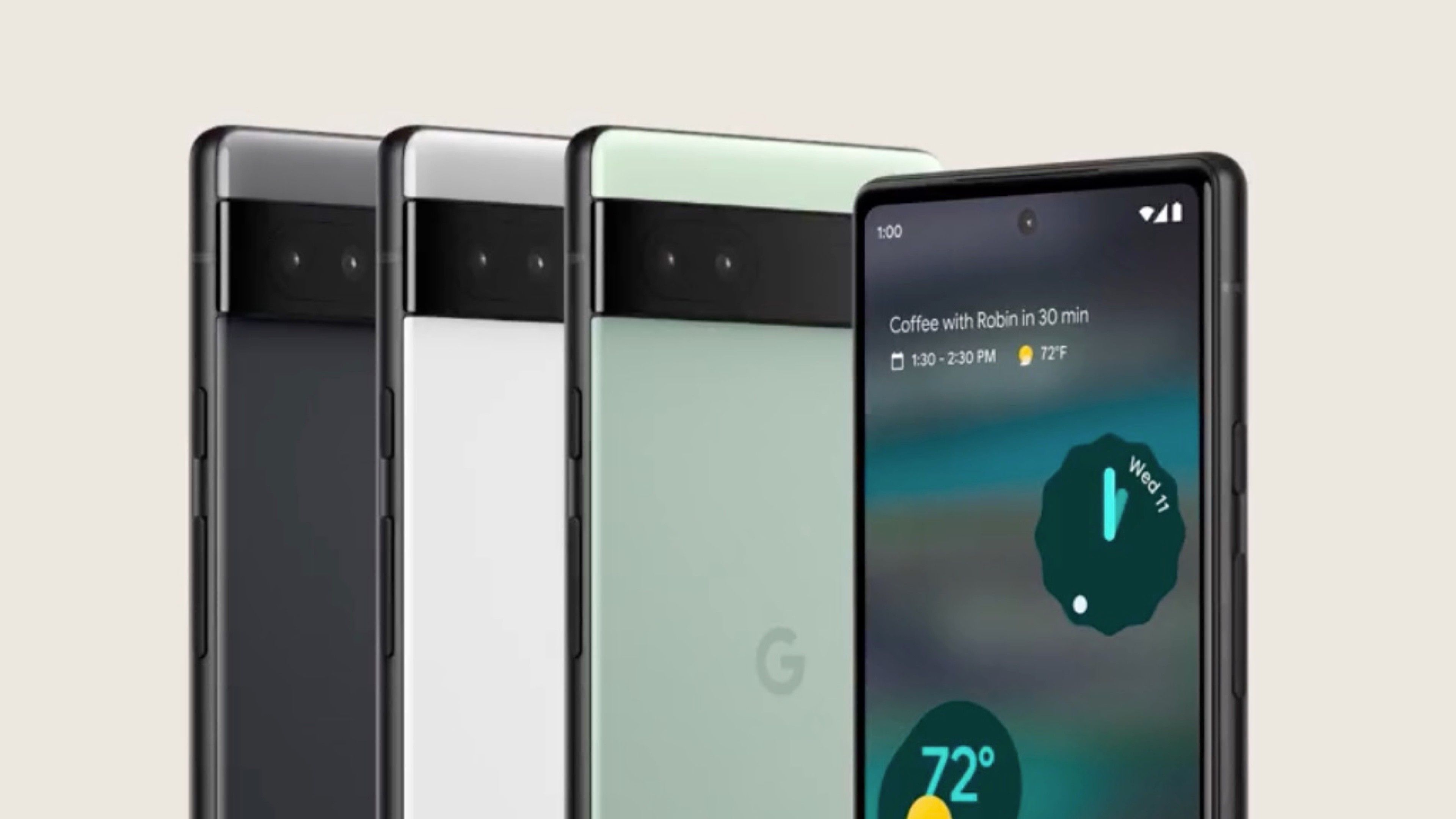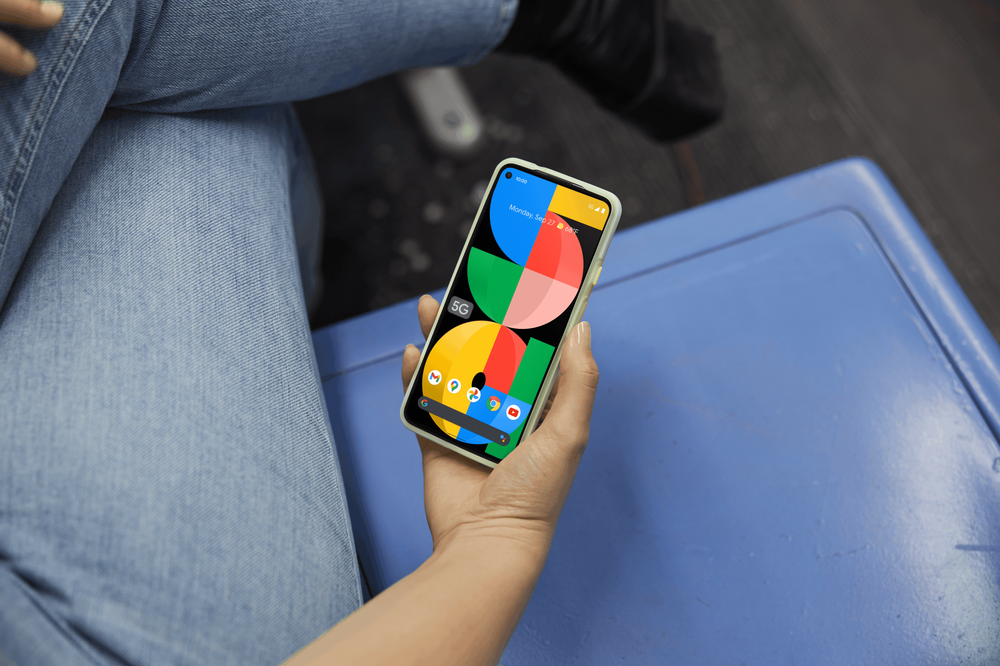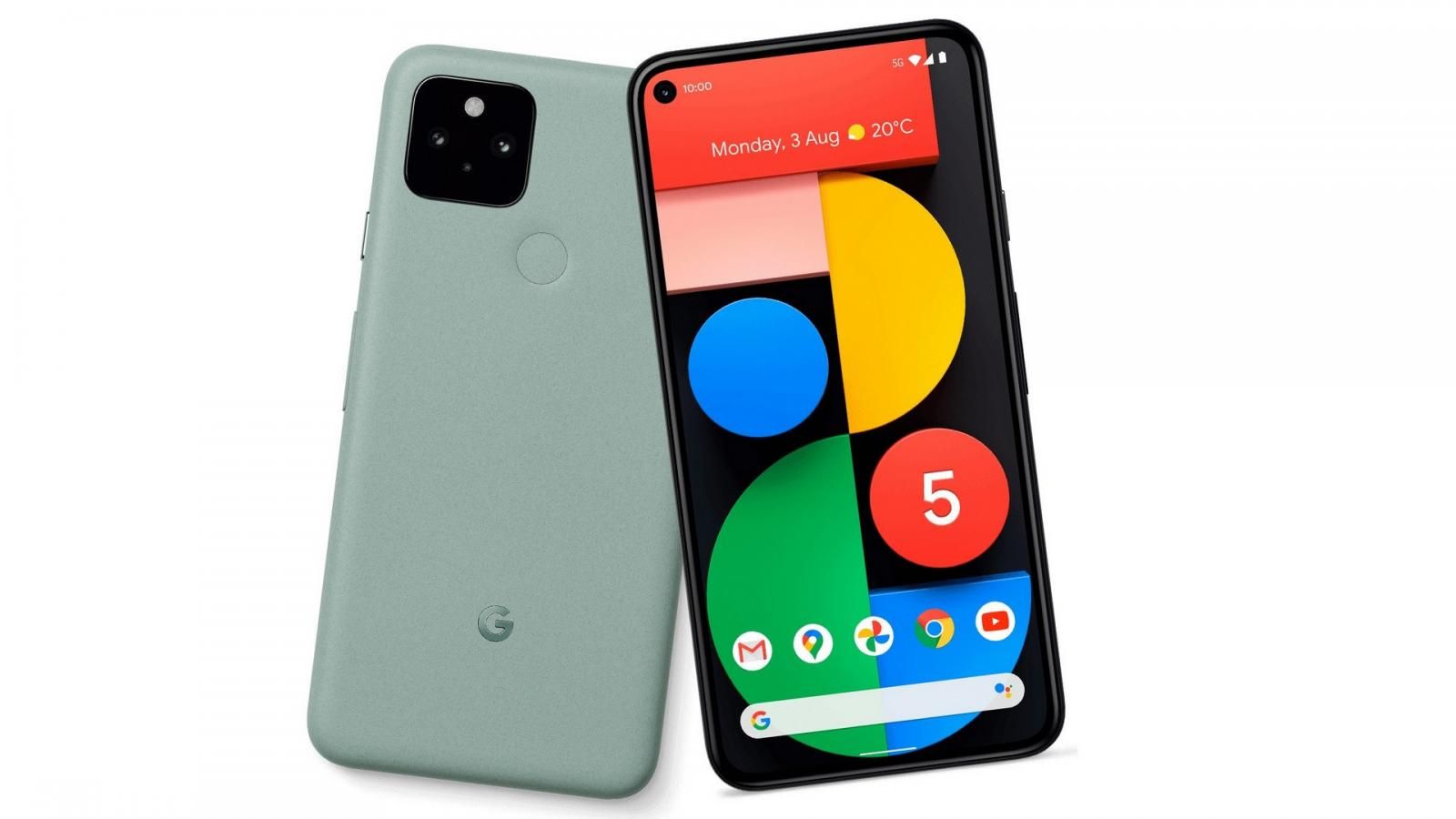Google entered the smartphone race back in 2016, and since then, the company has been announcing two high-end Pixel devices, and a mid-ranger Pixel A-series smartphone annually. We recently went down memory lane, and took a closer look at the evolution and history of the Google Pixel smartphones. We also have excellent lists for choosing the best Samsung phones, and even the best iPhones from Apple.
In this article, we collected some of the best Google Pixel flagship devices, including the recently unveiled Google Pixel 7 and Google Pixel 7 Pro high-end devices. We also added the best mid-rangers you can buy today. The list includes the premium, high-end models and the more budget-oriented Google Pixel A-series of smartphones. As a side note, Google also unveiled its first Pixel Watch, and we have a dedicated article to get you up to speed, in case you want to find out more.
Best flagship: Google Pixel 7 Pro
The Google Pixel 7 Pro is the latest and highest-end smartphone in the Pixel lineup. It has a large 6.7-inch LTPO AMOLED display and 120Hz refresh rate, and 1,500 nits of peak brightness. It’s excellent for watching movies, videos, reading, and playing graphics-intensive titles. Speaking of games, it’s powered by the new Google Tensor G2 SoC, coupled with 12GB of RAM and 128/256/512GB of UFS 3.1 storage.
The device is powered by the latest Android version, and it has a 50MP f/1.9 primary camera, a 48MP f/3.5 telephoto with 5x optical zoom, and a 12MP f/2.2 ultrawide sensor. On the front, the punch-hole display houses a 10.8MP f/2.2 sensor.
The Pixel 7 series return the Face Unlock feature, and they still feature the under-display fingerprint sensor. Both devices support 5G (and mmWave in select regions). The Pixel 7 Pro comes with a 5,000 mAh battery, and Google claims it can last for up to 72 hours using the Extreme Battery Saver mode. The device also supports fast wired charging, which promises 0-50% charge to take just 30 minutes. The Pixel 7 Pro also supports 30W fast wired charging, 23W fast wireless charging, and reverse wireless charging.
Google Pixel 7 Pro
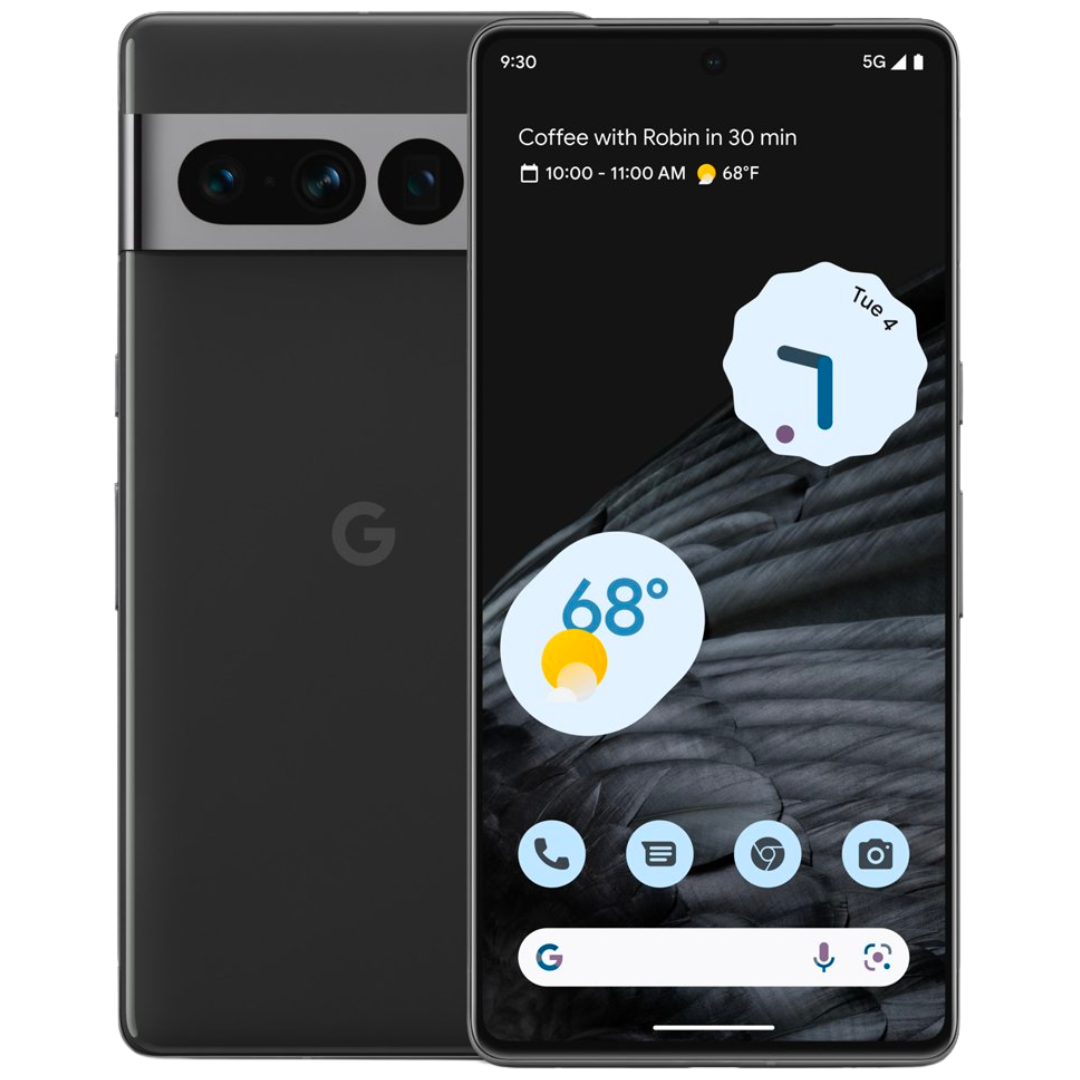
The Google Pixel 7 Pro will be powered by the new Google Pixel Tensor sensor, providing even more powerful graphics and computing power to let you play all of your favorite games. The device will also have a powerful new camera setup, and it’ll be available in Obsidian, Hazel, and Snow colors.
Runner-up: Google Pixel 7
The Google Pixel 7 rocks a slightly more compact design than last year’s Google Pixel 6. As a result of the change, it’s far easier to hold it in one-hand. The downside is that the screen now measures 6.3-inches, but fortunately, it still sports an AMOLED display with 90Hz refresh rate and 1,400 nits of peak brightness. Both the front and the back glass is protected by the Gorilla Glass Victus panel, and the frame is made of aluminium.
The device feels premium, and it promises a premium performance too. It’s powered by the new Google Tensor G2 chipset, made on the 4nm process, promising better performance and efficiency. The device comes with 8GB of RAM and 128/256GB UFS 3.1 storage tiers.
On the back, it packs a 50MP f/1.9 primary sensor with OIS and laser autofocus, as well as a 12MP f/2.2 ultrawide sensor. The camera has better skin tone support and lets users take better low-light and night photography, even in challenging and pitch-black environments.
The Pixel 7 has all of the latest features that you would expect, and it comes with the latest version of Android. It has a 4,355 mAh battery, which Google promises can comfortably last for a full day. The device also supports fast wired charging, 20W fast wireless charging, and reverse wireless charging.
Google Pixel 7
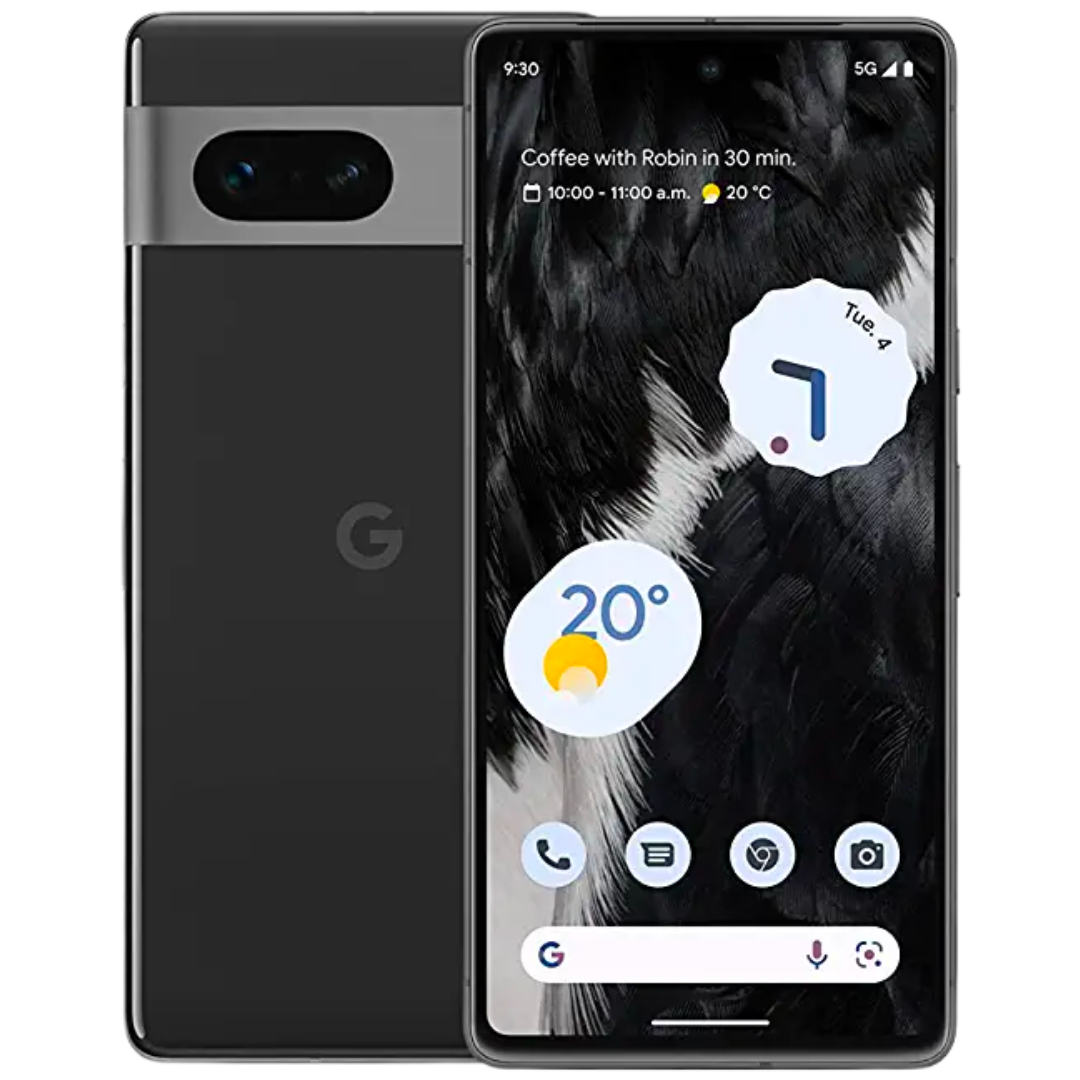
The new Google Pixel 7 is powered by the all-new Google Tensor G2 chipset. The device is coupled with 8GB of memory, and it has 128/256GB storage tiers. The phone comes with a significantly improved camera system, and it’s more portable than the last generation. The Pixel 7 is available in Obsidian, Lemongrass, and Snow colors.
Best from last year: Google Pixel 6 Pro
The Google Pixel 6 Pro is the higher-end of the two devices announced last year. It was one of the first devices in the series to come equipped with the Google Tensor chipset, and it featured a major new design that changed how people look at the Google Pixel lineup. It was also the first time Google returned with a flagship device, given that it released the mid-ranger Pixel 5 just one year before.
The Pixel 6 Pro marked a new beginning, but sadly, this didn’t mean that all previous issues would be resolved. The Pixel 6 series had a lot of software issues, and it still, to this day, is flawed with some connectivity problems and a slow fingerprint sensor. Aside from those well-known issues, the remaining problems were mostly fixed, and the device received a lot of praise for its camera capabilities. The device features a 50MP primary, a 48MP telephoto capable of 4x optical zoom, and a 12MP ultrawide camera.
The Pro model has a 6.71-inch LTPO display with QHD+ resolution and 120Hz refresh rate. It has a 5,003 mAh battery, and it supports 30W fast wired charging, 23W fast wireless charging, and reverse wireless charging.
Google Pixel 6 Pro
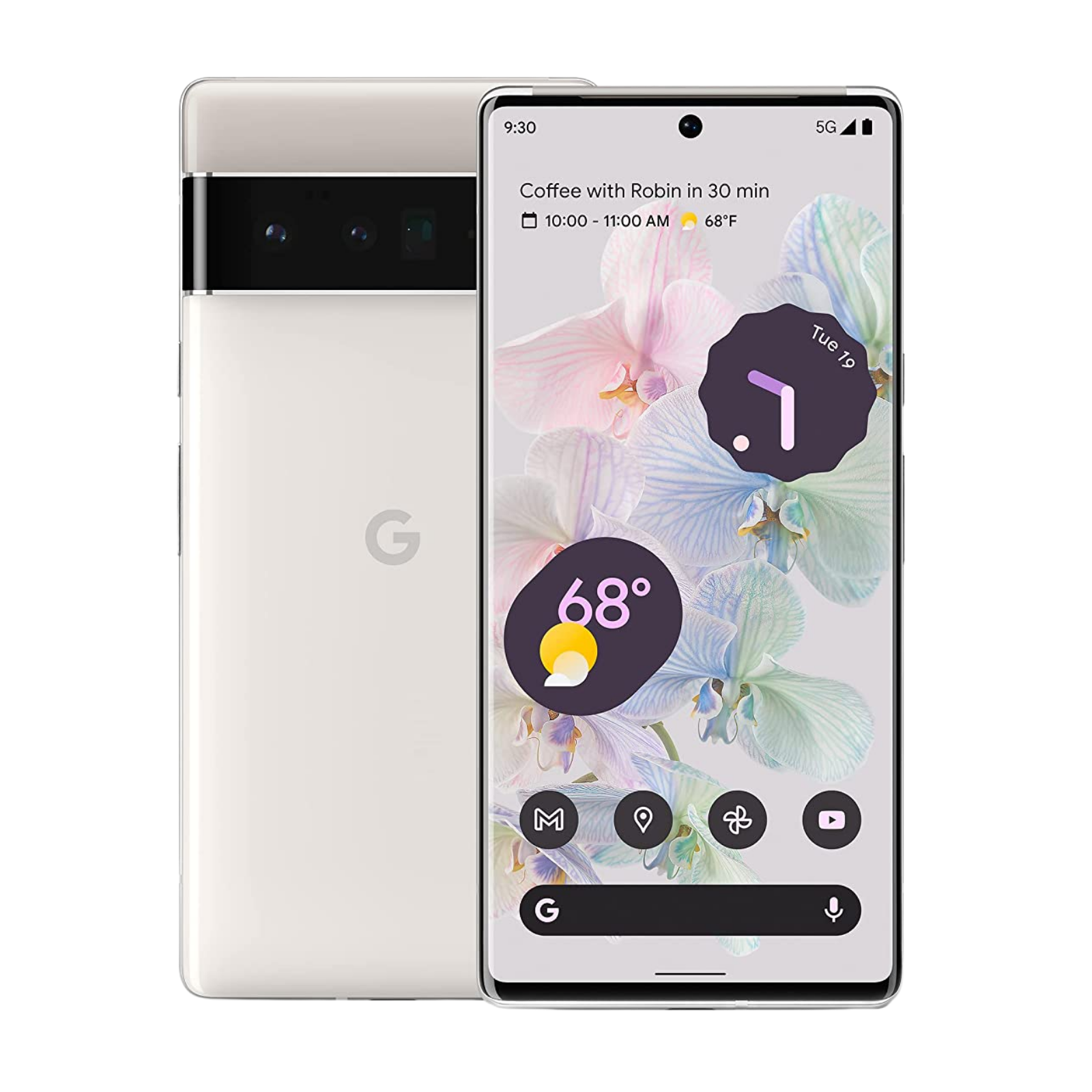
The Pixel 6 Pro is the more premium Pixel flagship. It has a 50MP main camera, a telephoto with 4x optical zoom, and a useful ultrawide sensor. It supports 120Hz, and both the Pixel 6 and Pro come with 5 years of support by Google.
Runner-up: Google Pixel 6
The Google Pixel 6 is the smaller sibling of the Google Pixel 6 Pro. It has a smaller, 6.4-inch AMOLED display with 90Hz refresh rate. Like the higher-end Pixel 6 Pro, the vanilla Pixel 6 is also powered by the same Google Tensor chipset, and it comes with 8GB of RAM and 128GB of base storage. The device is smaller than the Pro model and more compact.
It also has less camera sensors on the back, featuring a 50MP primary sensor, and a 12MP ultrawide camera. It’s an excellent point-and-shoot smartphone and one of the best-performing camera smartphones, even in 2022. The selfie shooter sports an 8MP sensor in the punch-hole cutout on the front center of the display. Speaking of the display, it has an under-display fingerprint sensor, and a 4,614 mAh battery. It supports fast wired charging and 21W fast wireless charging, and reverse wireless charging.
For those who want to save money, and don’t require the telephoto camera, as well as the larger display, the Google Pixel 6 makes it one of the cheapest and best high-end smartphones on the market in 2022. It comes at an affordable price, and the software will be updated for the next 2-3 years.
Google Pixel 6
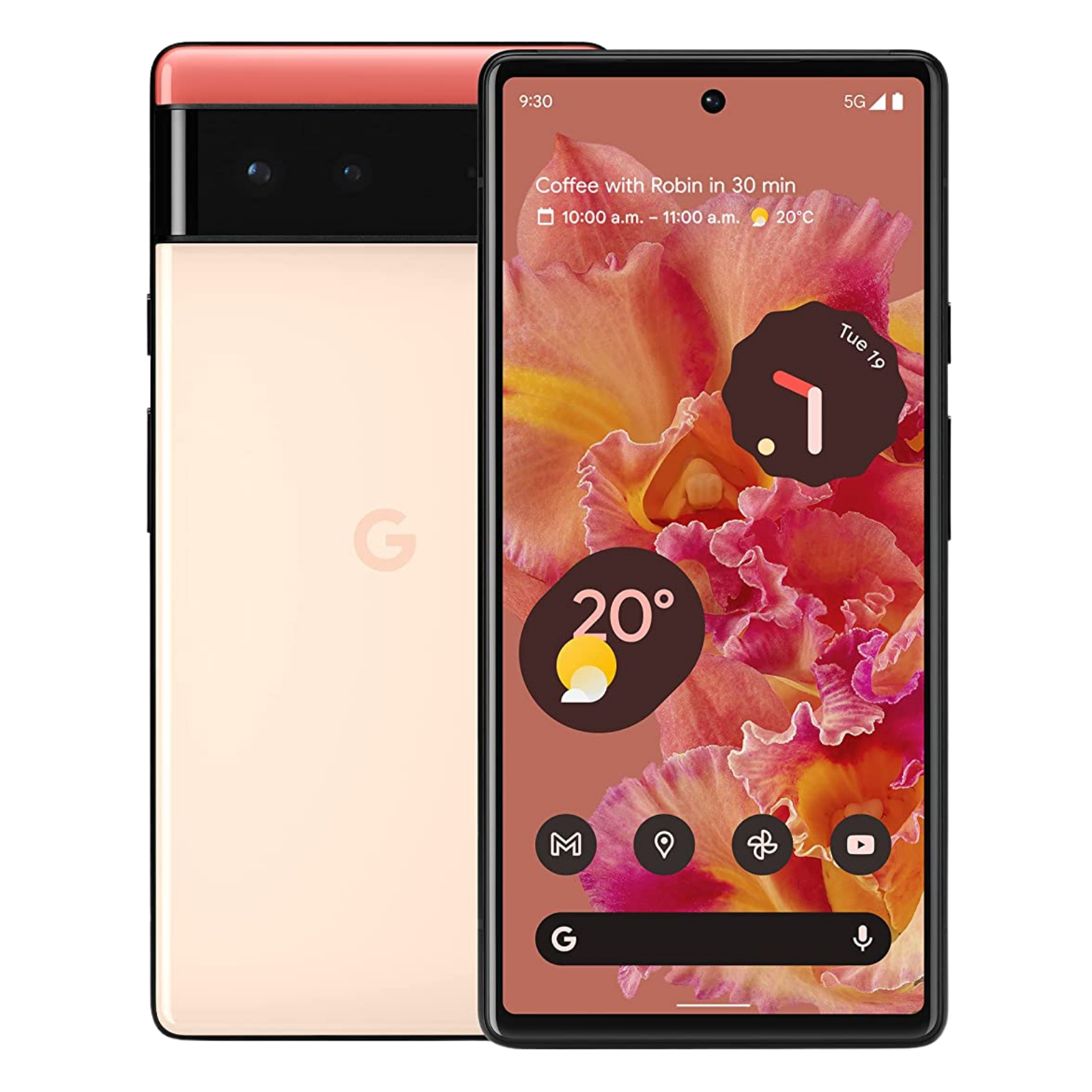
The Google Pixel 6 is the more compact and affordable variant from the new flagship series. It features most of the same features and comes with the same primary and ultrawide camera as the Pixel 6 Pro.
Best budget: Google Pixel 6a
The Google Pixel 6a is one of the latest mid-ranger smartphones from Google. It’s powered by the same Google Tensor chip that powers the last generation Pixel 6 series of flagships, and it sports 6GB of RAM and 128GB of built-in storage. It’s made out of plastic, but it looks and feels premium, and it’s still undeniably a Pixel.
The Google Pixel 6a has a 6.1-inch OLED display with 60Hz refresh rate and a punch-hole cutout in the top center of the display for the 8MP f/2.0 selfie camera. The phone supports 5G connectivity, and it’s even IP67 certified, meaning that small splashes of water and a bit of dust won’t ruin the phone. Despite the low price, the phone even supports the Always-on Display feature, a pretty highlighted feature nowadays.
As for the camera setup, it features a 12MP f/1.7 primary sensor, and a 12MP f/2.2 ultrawide. It can take breathtaking photos and videos in all lighting conditions and capture beautiful night photography. If you’re looking for a phone that excels at everything and needs minimal sacrifice, then the Pixel 6a is one of the best phones you can buy on a budget.
Google Pixel 6a
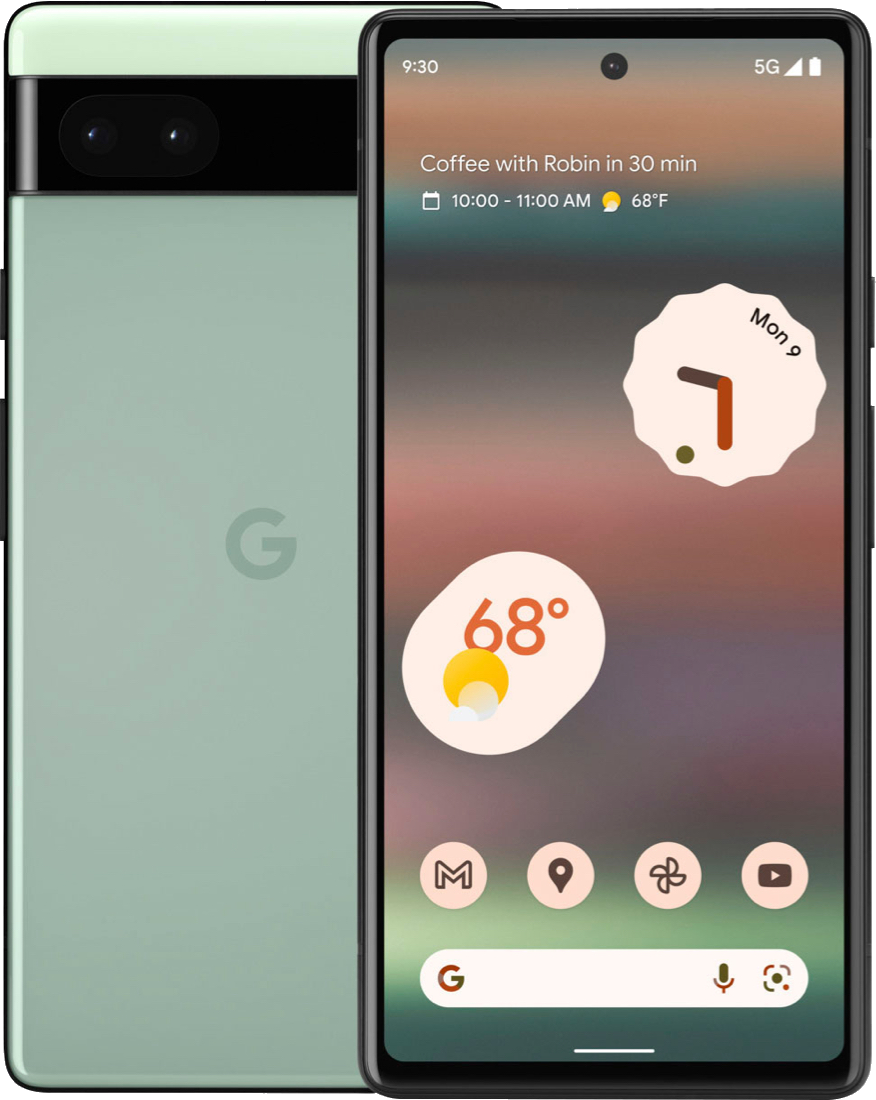
If you don’t care about high refresh rate, wireless charging, a glass back and a few other tidbits, this should be your phone. It’s a Pixel, but less expensive. Check out all the deals on the device using the links given below.
Runner-up: Google Pixel 5a
The Google Pixel 5A borrows a lot of hardware and design components from the Google Pixel 5, and it’s practically the same device, albeit, with a few minor changes. First and foremost, the screen measures at 6.34-inches, a 60Hz OLED panel. There’s also IP67 water and dust resistance, and it’s powered by the same Snapdragon 765 5G chipset. There’s also 6GB of RAM, and 128GB of storage. The Pixel 6A is also one of the last devices in Google’s lineup to feature the beloved rear-mounted fingerprint sensor.
The camera features a 12MP primary, a 16MP ultrawide sensor on the back, and an 8MP selfie camera in the punch-hole cutout on the front. As for the battery, it packs a 4,680 mAh battery, and it supports 18W charging. While it might have fewer benefits than the Google Pixel 5, it has a much better battery life, and the few sacrifices related to the hardware may be enough to be more appealing. It’s worth noting that the Pixel 5A is only available in North America, so Europeans may be better off with the Google Pixel 5.
In case you’re interested, we have also made a comparison against the Google Pixel 6A vs Google Pixel 5A.
Google Pixel 5a
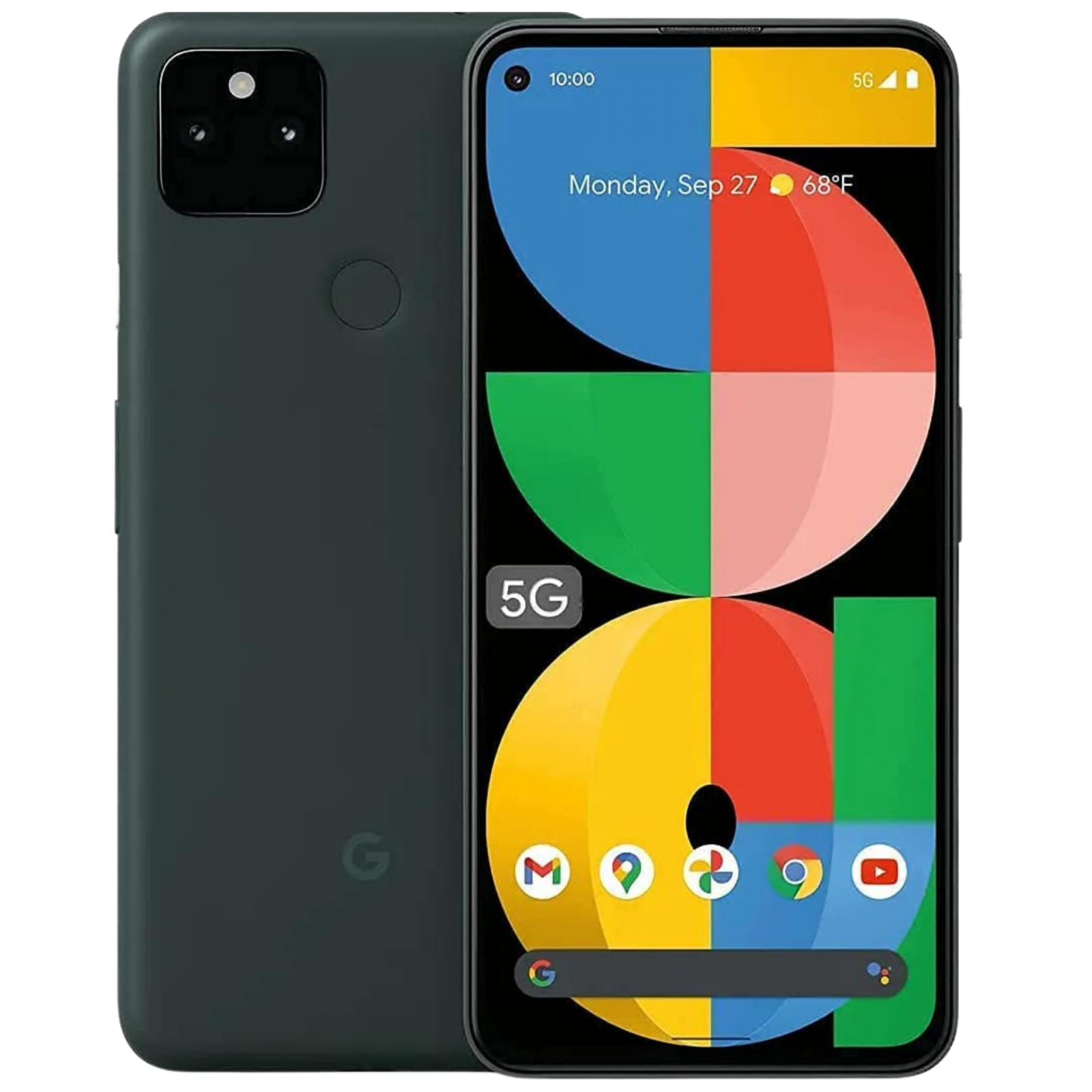
The Google Pixel 5A is one of the best smartphones if you’re on a budget, and don’t need a lot of new fancy features. It has a flagship camera setup, great specifications, and can last a full day on a single charge.
Best older Pixel: Google Pixel 5
The Google Pixel 5 might be a little outdated by 2022 standards, but it still sports an adequate mid-ranger chipset that supports 5G, has wireless charging, and looks beautiful. The device is powered by the Snapdragon 765 5G chip, and it has 8GB of memory and plenty of space to store your favorite games and apps. If you like compact devices, then the Pixel 5 is still a great choice today.
The Pixel 5 also houses a 12MP wide primary camera, and a 16MP ultrawide sensor. Considering the device’s price, it’s one of the best bangs for your buck that you can still find at retailers such as Amazon and BestBuy. The phone has a large, 6-inch OLED display, and it’s scheduled to be updated for another year, until the end of 2023.
The phone also supports wireless charging, despite having an aluminium chassis, and it’s one of the best devices if you have a lower budget, and don’t plan on playing a lot of graphics-intensive games. It’s also an excellent multitasking device, and the 8GB of memory helps make everything stay fast, smooth, and fluid.
Google Pixel 5
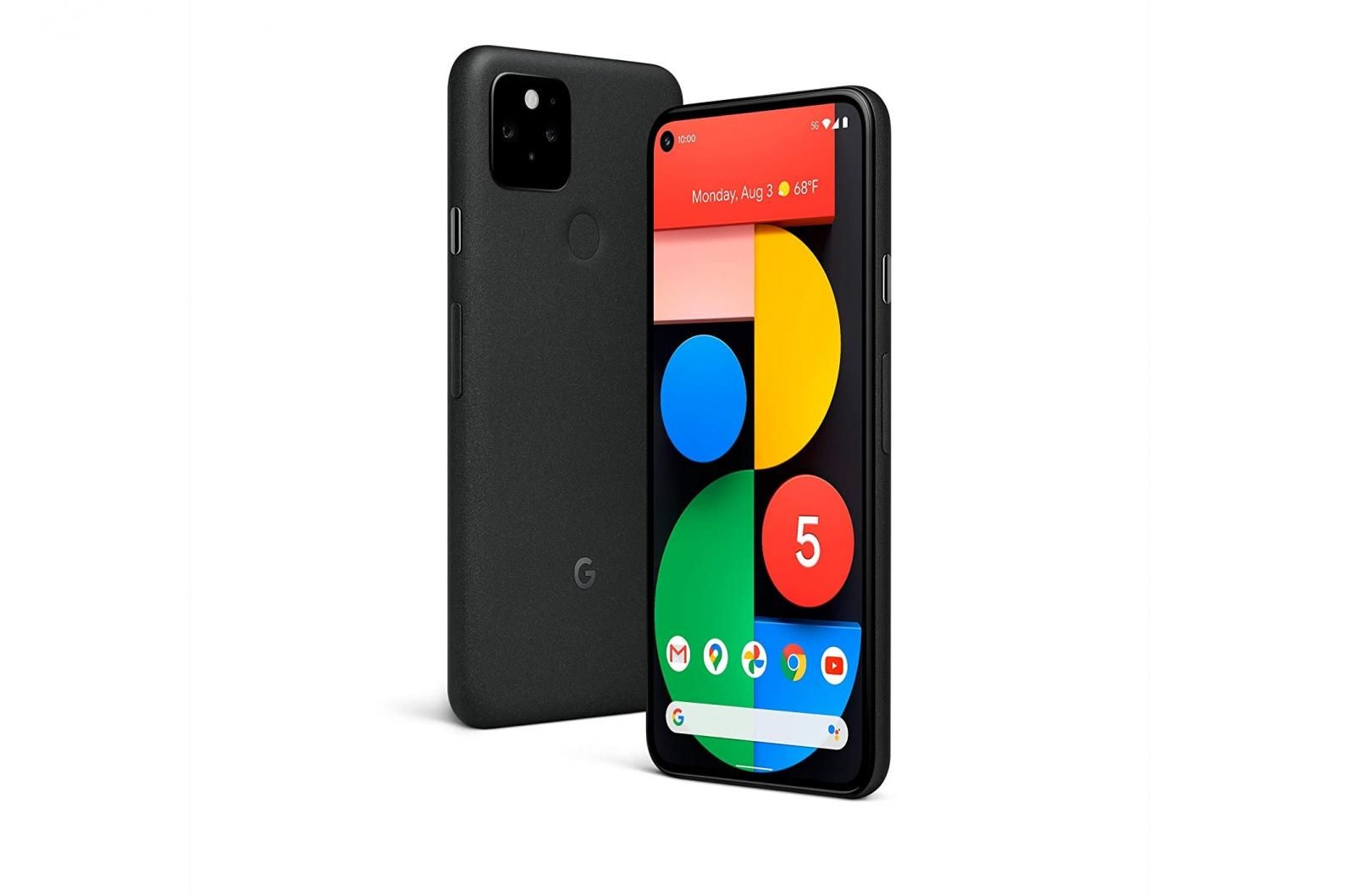
The Google Pixel 5 might have slightly outdated hardware and design compared to the Pixel 6 series, but it’s one of the most compact Android devices, and it features an excellent 5G SoC, large display, great camera setup, and a battery that can easily last for a full day on a single charge. It also supports wireless charging, which is rare at this price point.
Which Pixel phone should you buy?
The Google Pixel 7 and the Pixel 7 Pro smartphones are the latest and highest-end devices on this list. If you have the budget, and want to stay up-to-date, then picking between these two devices is your best option. However, if you have a lower budget, then last year’s Google Pixel 6 and Pixel 6 Pro series are still some of the best phones you can buy in 2022, and they’re still available at many retailers. They’re often discounted, and can be bought at excellent prices.
Suppose you’re someone who only makes a few calls, browses the web, and uses a few social media apps to stay in the know. The Google Pixel 6a and even older Pixel A-series devices are excellent, especially if you don’t want to play many games, and having the latest features isn’t something you must-have. If you’re happy with an older chipset, and a few features missing, all while still having one of the best camera smartphones, then the Pixel 6a, and the Pixel 5a are excellent mid-rangers you can purchase today.
Alternatively, it’s also a great idea to consider buying older flagships as they, at times, might even offer a better value than older mid-rangers. It’s also good for the environment, and it can reduce e-waste.
